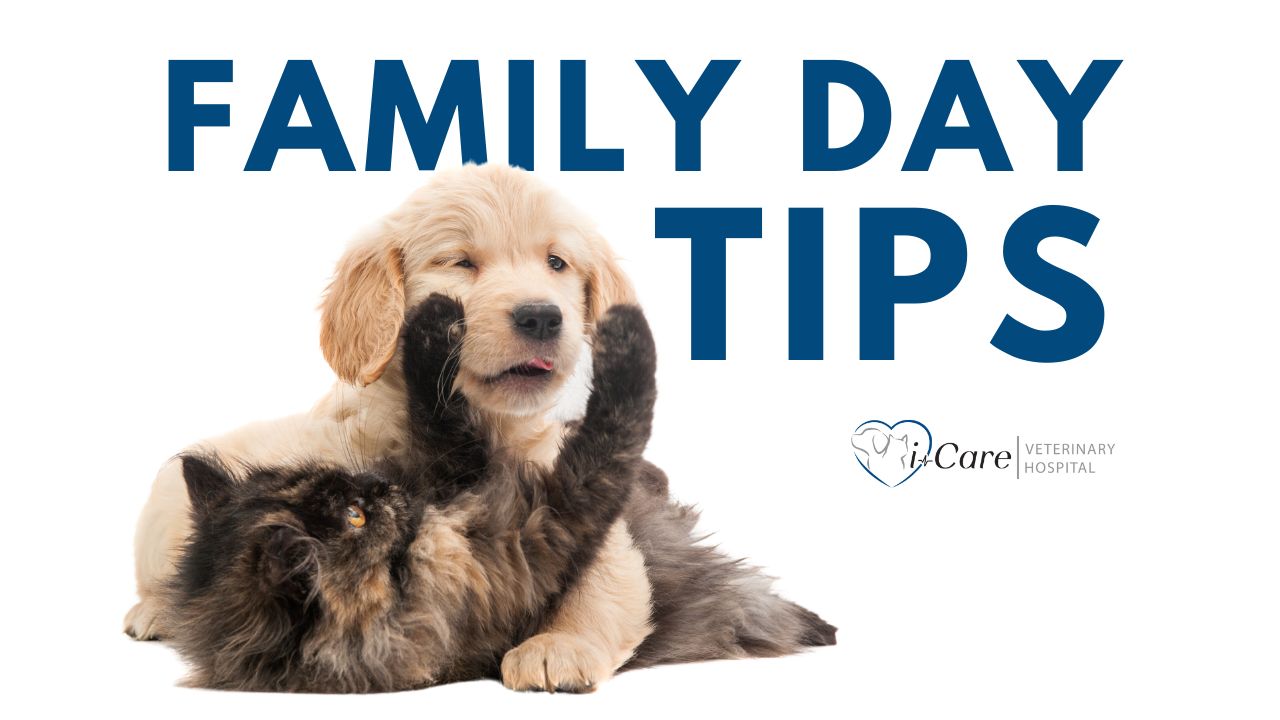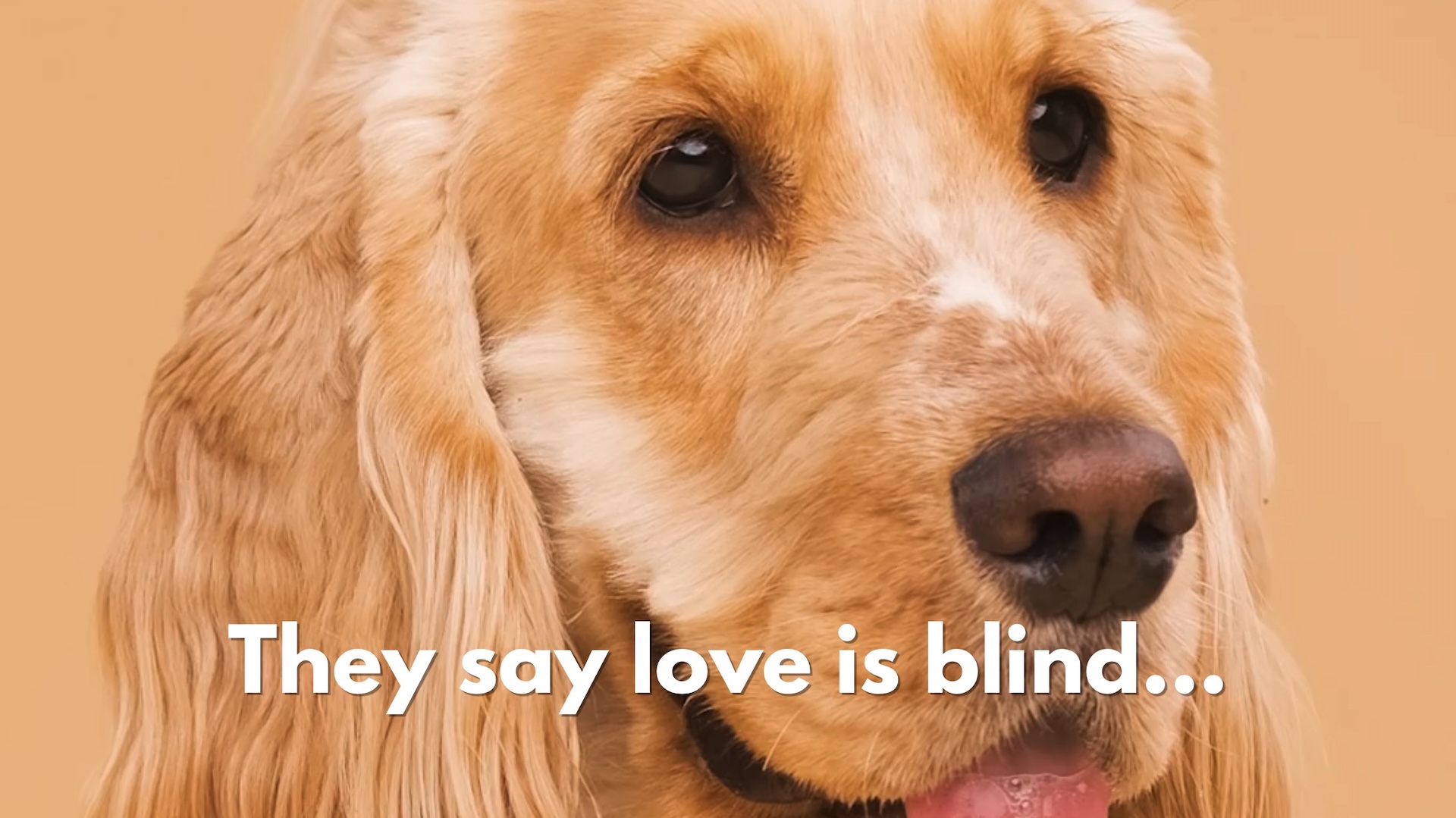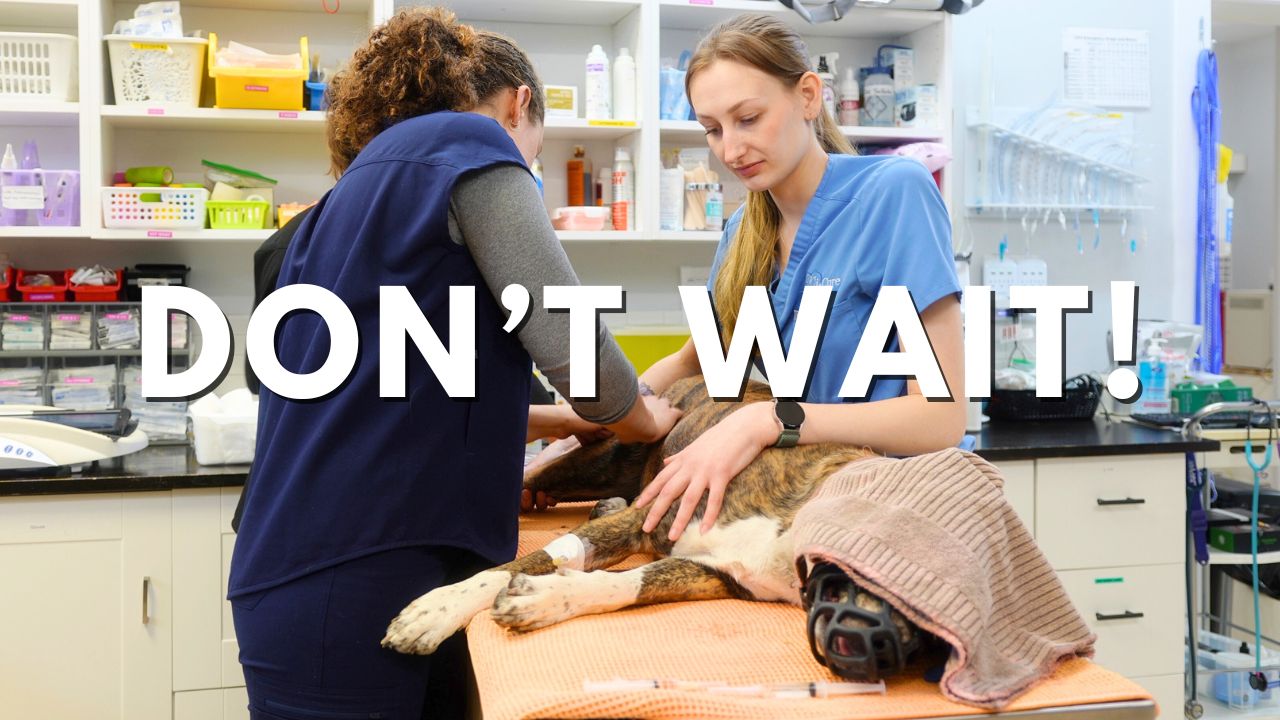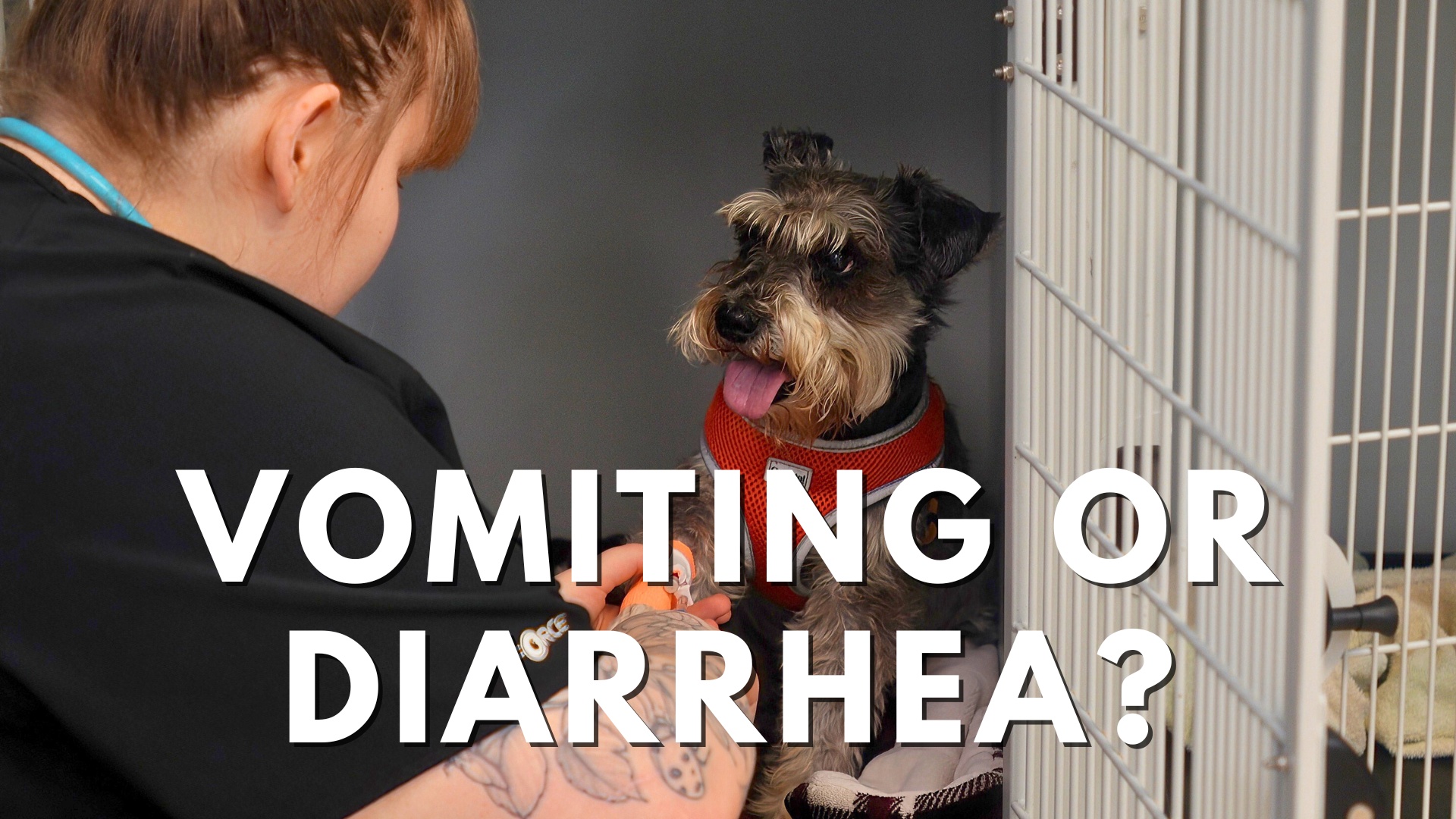22 Feb Luxating Patella Surgery for Small Dogs – Stella’s Sulcoplasty at i-Care Veterinary Hospital
If your small dog is skipping, limping, or holding up one leg while walking, they may have a luxating patella. This condition, where the kneecap slips out of place, is especially common in small breeds like: Maltese Yorkshire Terriers Pomeranians Poodles (Toy & Miniature) Boston Terriers Cavalier King Charles Spaniels At i-Care Veterinary Hospital, we recently performed sulcoplasty surgery on Stella, a Maltese, to correct her luxating patella and restore her mobility. https://youtu.be/Fg9rik3dDdU What Is Sulcoplasty? Sulcoplasty is a surgical procedure that reshapes the groove of the knee joint to prevent the kneecap from slipping out of place. Without treatment, luxating patella can lead to chronic pain and arthritis. Stella’s Surgery – Step by Step Pre-Surgical Evaluation Before surgery, Dr. Alastair Westcott performed a full orthopedic exam and X-rays to confirm Stella’s diagnosis and plan her procedure. Advanced Surgery with Laser Scalpel To start the surgery, Dr. Westcott used a laser scalpel, which offers: Less bleeding Reduced swelling Faster healing During the sulcoplasty, the groove in Stella’s knee joint was reshaped to keep her kneecap in place. Post-Surgical X-Rays & Recovery After surgery, X-rays confirmed that Stella’s kneecap was properly aligned. She was monitored closely and given pain relief to keep her comfortable. When Will Stella Walk Again? Most dogs start walking within a few days after surgery and make a full recovery in about eight to twelve weeks. Signs Your Dog May Need Surgery If your dog is experiencing any of the following symptoms, it may be time to schedule a veterinary consultation: Skipping or hopping on one leg while walking Sudden limping or difficulty bearing weight Holding up one leg for long periods Difficulty jumping or climbing stairs Does Your Dog Need Help? Call i-Care Veterinary Hospital If your dog is showing signs of a luxating patella, sulcoplasty may be the best solution to keep them pain-free and active. Call us today at 250-947-9364 to schedule a consultation. Book online at https://icarevet.com/contact/. Helping pets move pain-free is our priority....





